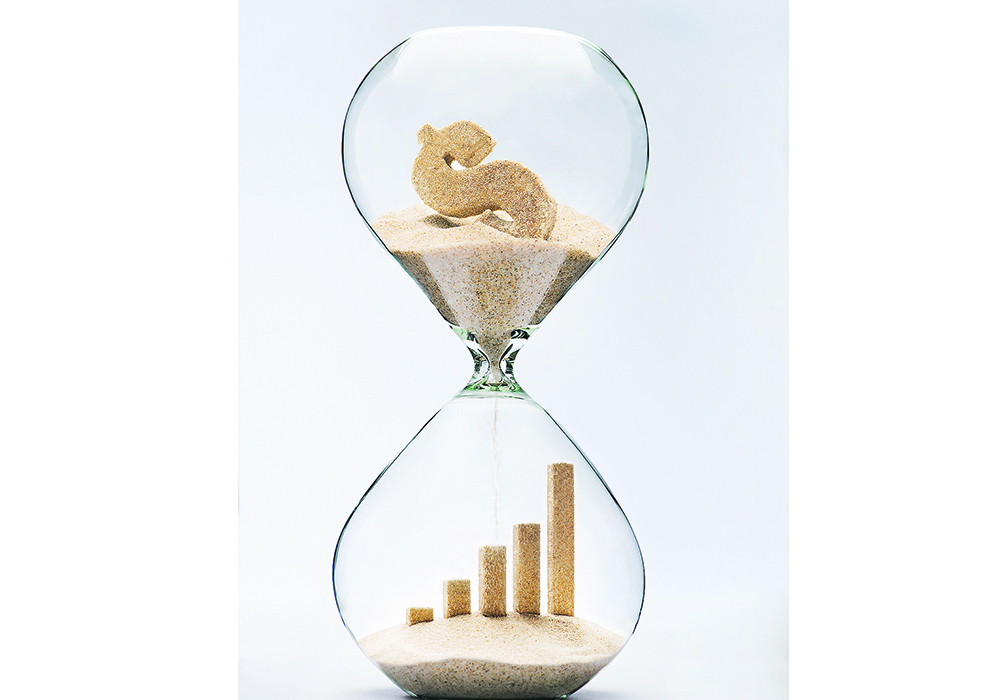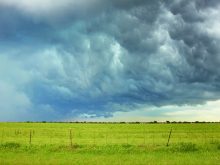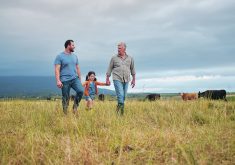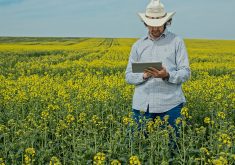Debt is all around us: consumer debt, government debt. Many economists comment that too much debt exists, depending on how they evaluate the debt and its associated historic trendlines.
When it comes to farms, debt is typically needed to finance capital purchases for major equipment, land and quota. The cost of these assets is too great to purchase them with cash.
Analyzing a farm’s financial performance by including discussions about debt is important. It provides insight into the financial risk that a farm holds. There are two trendlines to include in the analysis that provide yet further insight into the financial risk associated with a farm — the past years, or historic, trendline and the future years trendline.
Historically, the analysis needs to examine how debt on the balance sheet has changed over, say, the past five years. Importantly, one needs to look at where debt sits on the balance sheet.
Short term, or current debt, is a function of liquidity and impacts cash flow. Long-term debt provides insight into a farm’s overall or longer-term solvency.
The analysis should examine whether debt (either current, long term or both) is increasing or decreasing. Further, the analysis should examine where the debt has originated.
There is desirable and less-than-desirable debt. Debt associated with the purchase of productive assets such as land, livestock or quota would fall into the desirable category. Debt associated with non-productive asset purchases such as a cottage would be undesirable from a business perspective. Least desirable debt of all is debt associated with prior year losses.
The analysis distills the discussion around debt down to numbers. What the numbers mean for most farms, historically, are black and white and lead to a very important question. How much debt is right for you?
We gain insight into that question by looking at the future years’ trendlines on debt. Going forward, is debt going to increase, decrease or stay the same?
The table presents a current and future situation and a simple analysis that examines correlations between assets, liabilities, equity and profit.
The current situation presents a balance sheet that has $6 million of equity and $3 million of debt — $2 of equity for every dollar of debt or a debt-to-equity ratio of .5 to 1. This would be a comfortable financial position for a farm to be in, by many standards.
The current situation income statement has a 16.7 percent operating profit ratio (net profit divided by revenue). Sustained over time, this too would be quite acceptable performance for the majority of farms. Return on equity is 8.3 percent (net profit divided by equity) and would compare favourably with earnings potential from other non-farm investment opportunities.
The future year trendlines are indicative of where a farm is tracking financially. All farms are tracking toward a financial future, based on their historic performance. The question becomes what a farm can, or should do, in striving to achieve the financial future it desires or needs in the future.
The future situation in the table applies a theoretical 3X multiplier to each balance sheet and income statement category. The performance analysis is constant: similar financial efficiency at 16.7 percent, similar profitability at 8.3 percent and similar financial risk at 50 percent.
Back to the question about how much debt is right for you. In the future situation, total debt has increased to $9 million. That’s $6 million more than the amount in the current situation. If that was your farm, currently and in the future, how would you feel about that?
If you were uncomfortable or stressed with $3 million, then likely you would be less comfortable at $9 million, even though the performance metrics are similar.
There are no easy answers. If the family and business goals are to achieve growth in the business and importantly, if that growth requires capital investment, then logically the volume of debt is going to increase. How will it feel if, in a future situation, you find yourself with a significantly larger volume of debt?

The volume of debt discussion can become interesting. At some point for a great many farmers, adding a zero or two to the amount of debt will become troublesome. I recall meeting with a farm family that had a relatively large operation with lots of equity but also, lots of debt. We ran the numbers forward, applying the same constant performance analysis metrics through the next five years. The resulting future situation had a theoretical increase of more than $12 million of additional debt.
Even though the ratios were constant in the future compared to where they were at in their current situation, that volume of debt caused them to think about their plans for growth.
Needless to say, not everyone in the family shared the same opinions.
Difficult discussions are often required when debt feels burdensome. Worse, those discussions are typically avoided.
It helps to have a clear picture and understanding of the debt in your business. If necessary, find someone to help.
Terry Betker, PAg, is a farm management consultant based in Winnipeg. He can be reached at 204-782-8200 or terry.betker@backswath.com.















